At CarnivoreWeb.com, we independently review products and outfitters. However, we may earn a commission when you purchase products through links on our site. Read our affiliate policy. Read about how we test products.
A look at continued bureaucracy in the world of bear hunting and the tactics the HSUS uses to undermine it.
Bear hunting in California has been under the attack from the Humane Society of the United States (HSUS) for over a decade. Last year, the HSUS filed a petition with the California Fish and Game Commission to place a moratorium on bear hunting in the state until the bear management plan could be updated. Their position was that it’d be harmful to continue hunting without this plan, and the recent issues of drought and mega fires has the population imperiled. This is just the latest of ongoing attacks to try to stop bear hunting in California. You might be thinking, so what? That’s not new. You’re 100-percent correct. So why even talk about it at this point?
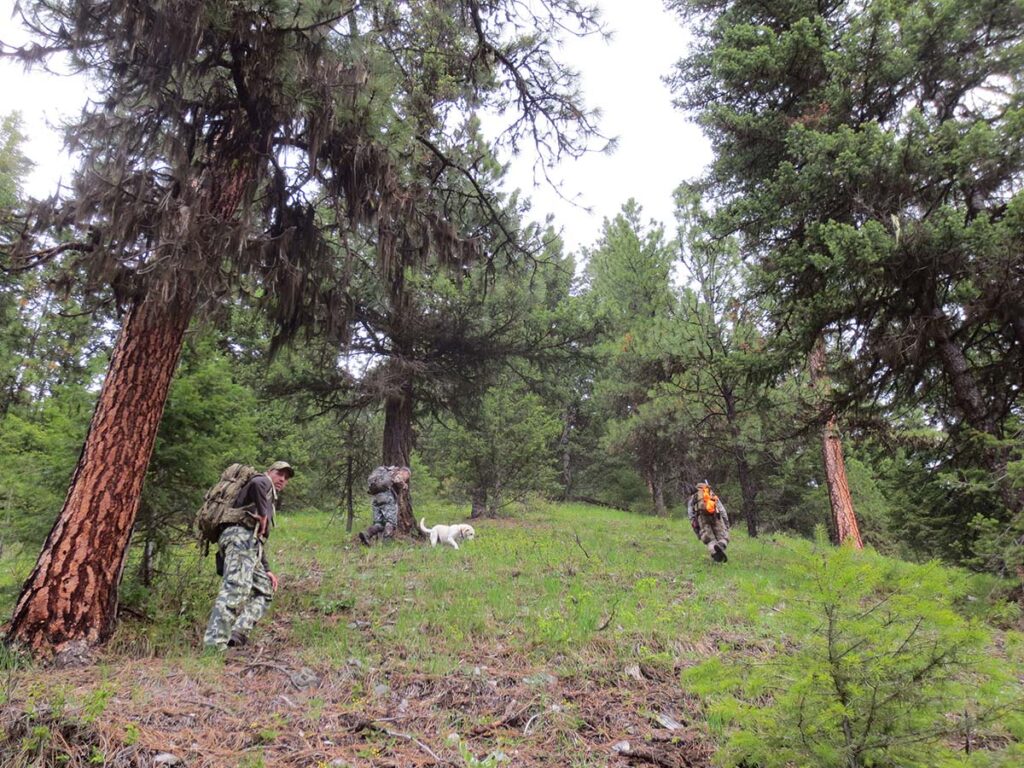
Let’s discuss how to think about it. To help frame the issues, let’s look at two statements made during a recent hearing, the first from Fish and Game Commission President Samantha Murray and the second from Commissioner Erik Sklar. Both are quite moving.
Murray: “I don’t necessarily subscribe to the idea that just because 99 percent of people don’t do something, we should say that no one should … Most people don’t hunt, most people don’t fish. That doesn’t mean that people shouldn’t have the ability to do it. For me that’s not what democracy means, right? It doesn’t mean the majority limits activities of individuals who are in the minority just because they’re in the minority. I think there has to be a compelling reason to do so, like when habitat or wildlife or people are at risk, or when it would bring a significant benefit to wildlife or habitat.”
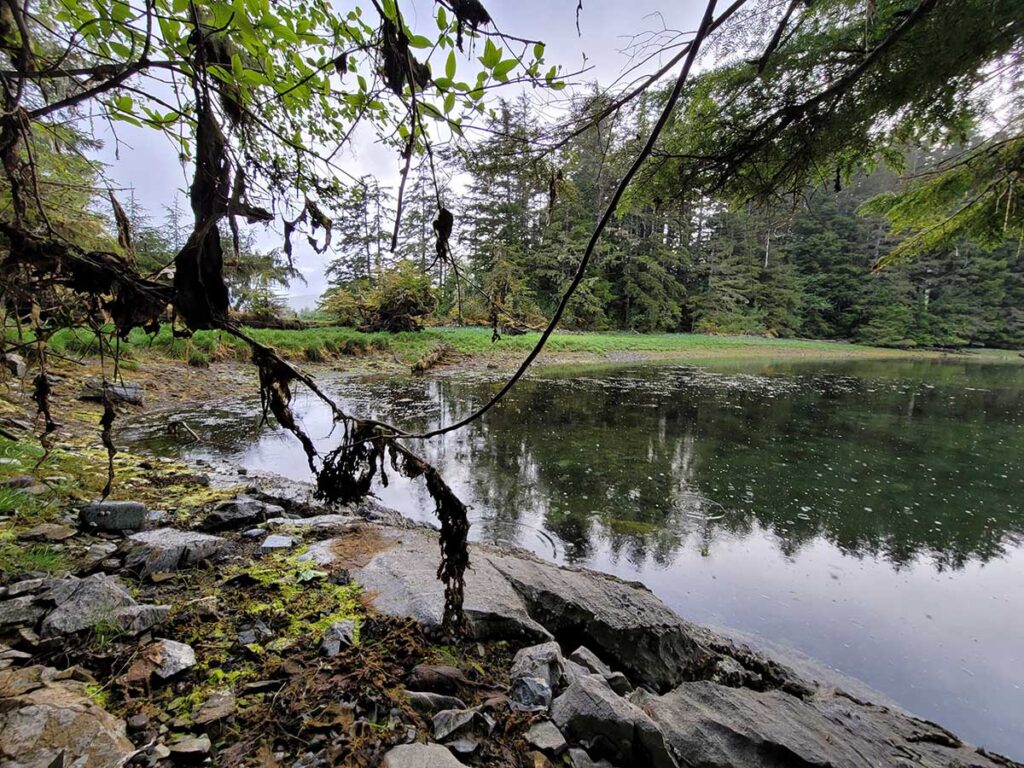
Sklar: “This is not a debate about trophy hunting; that’s illegal in California. I’m convinced, especially now, that bear hunters, because it’s the law, eat the meat, and that’s a really important thing to me. It’s a value. It’s both a law and a value, and that’s been a consistent position of mine.”
These two profound statements make you reflect on why we keep having these conversations, considering that roughly 85 percent of Americans approve of hunting for food. Most, however, don’t approve of “trophy” hunting.
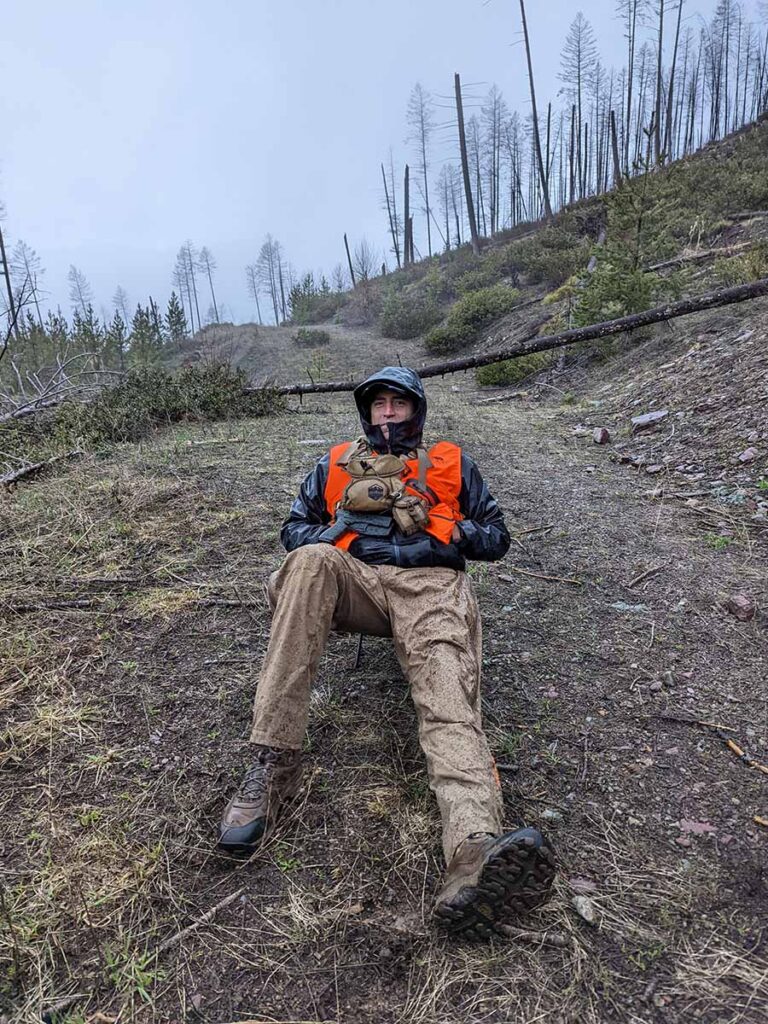
Many people may not understand the difference between celebrating versus aggressing an animal. Both could be considered a “trophy,” and the meaning of a trophy has both a positive and negative connotation. To aid hunters in the conversation with the 85 percent of Americans who approve of our tradition of hunting for food, we need to divide fact from fiction. Presenting the science is critical.
Let’s first walk through what happened, why, and then how to change those people who truly agree and maybe a few who should be enlightened.
2012 – HSUS sponsored AB 1221 outlawing the use of hounds to hunt bears (signed into law).
2020 – HSUS crafts SB 252, which is introduced by Scott Weiner, but pulled almost a week later amid outcry and a huge rally from the hunting community.
2021 – HSUS petitions the California Fish and Game Commission to place a moratorium on bear hunting until the Bear Management Plan can be updated.
2022 – At a hearing in the spring of this year, the department presents its current data from various studies. They highlighted that the population is in no way in danger due to fires and drought, and it’s likely the current population estimation of 30,000 to 40,000 bears is an underestimation — it could actually be near double that. Commission unanimously votes to deny the petition, but gets the department to commit to updating the bear management plan by next year (both the hunting community and the HSUS agree on this).

The events that transpired were about language, in the sense of how one person perceives or understands the other and/or their own belief system. The conversation about hunting, like many things in our society, has become victim to confusion of our language. This is much like the story of Babel, with biblical roots in Genesis. The short version is that people wanted to build a tower to the heavens, so God created different languages to confuse them. Thus, the tower would never be built. We, as hunters, are victim to this same babble; the word “trophy” has many different meanings depending on context.
From the hunter’s side, it can be used as a sense of accomplishment, a totem to capture the memories of a hunt, and a marketing term. From the HSUS’ side, it’s derogatory and negative in context, intended to spark negative emotion and an anti-hunting sentiment. We need to be clear about our language.
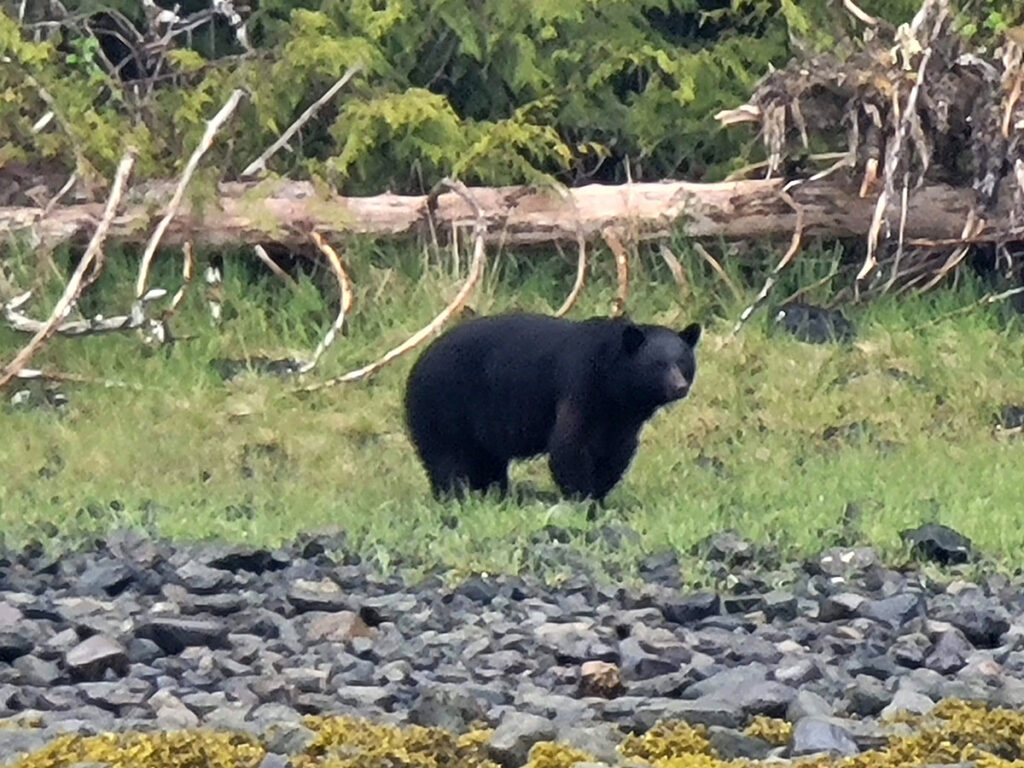
At the commission meeting this past spring, Wendy Keefover (the petitioner from the HSUS) was asked by Commissioner Sklar if the HSUS would support bear hunting if the population data showed that there were 50,000 bears in California. Keefover replied, “Are we ever going to be in favor of bear trophy hunting? No. The Humane Society of the United States will not support bear trophy hunting.” Do you see what she did there? She basically admitted their petition on population is a farce. To the HSUS, a bear is simply a trophy, and the bear population doesn’t actually matter to them. All that matters is to take away the rights of others they “believe” are doing wrong. They’ll never separate the word trophy from bear hunting.
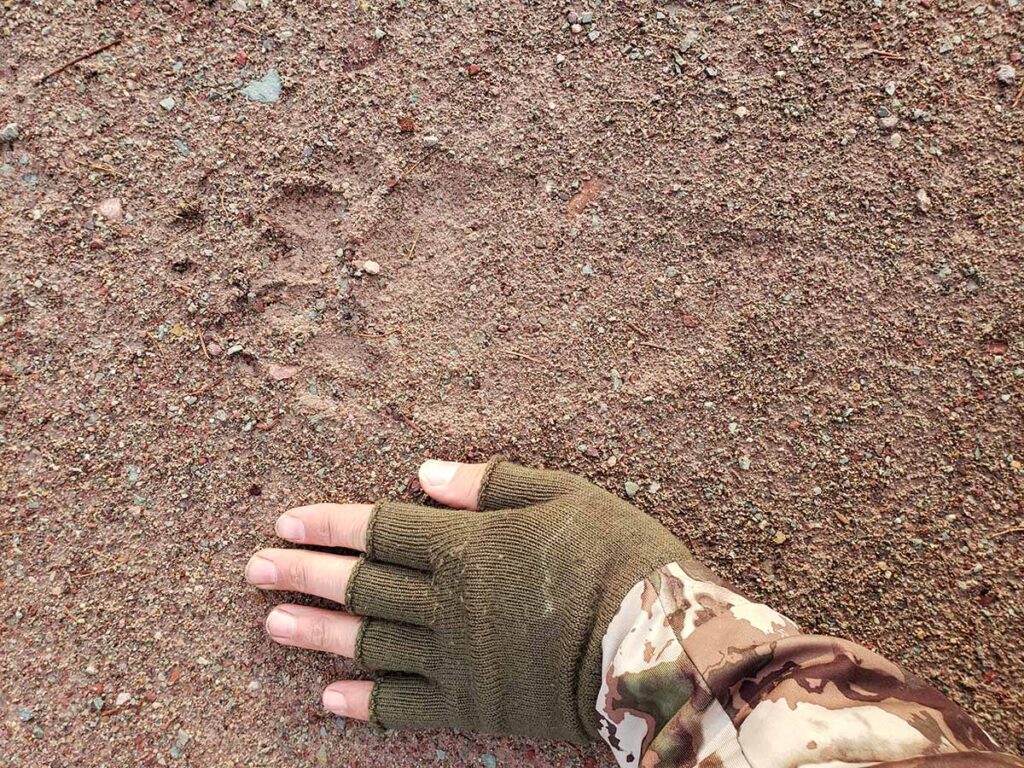
HSUS revealed that they’re not open to a conversation; they’ve decided bear hunting is wrong. They’re publicly manipulating others for their own motivations, and they’re looking to control the rights of others. This type of behavior should be unacceptable. It suppresses many cultures and could be considered a hate crime directed toward anyone who feels connected to sourcing their own food. By their definition, a trophy hunt is one where the primary motivation is for a picture, hide, or skull; they assert hunters “may eat” bear but that’s not their primary motivation. This just isn’t true.
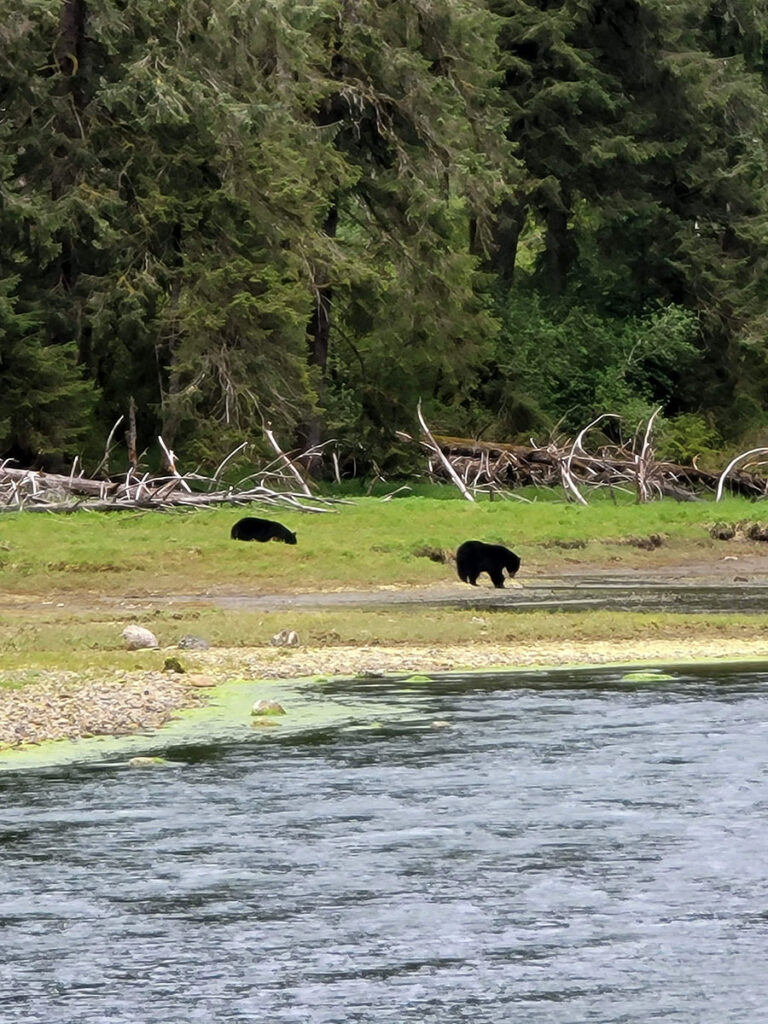
Bears are sacred animals to many; most people don’t hunt bears, and even some hunters choose not to. Language is critical. Groups like the HSUS want everyone to believe any bear hunting is for trophy, hide, and image only. We’ll likely never change their mind, as they’re among the other 15 percent who don’t approve of hunting at all.
But there are many in the non-hunting community who have no real context for what “trophy” means, and we must be the ones to define it. First, as a legal point, California has “wanton waste” laws, meaning that the edible meat from a hunt must be used. There are many non-hunters whom I’ve hosted at my dinner table who have enjoyed my Easter bear ham — these have been opportunities to help others realize bears are eaten and that they have cultural value.
What Murray said is important — 96 percent of the population doesn’t hunt. Therefore, even if 85 percent approve of hunting for food, they don’t really know how to interpret a “grip and grin” picture of a bear. That trophy is part of defining your human experience with food and nature. Cave drawings were the photos of our ancestors, and that was their experience of food and nature. The greatest warriors and sages wore clothing made from hides, jewelry from antlers, and teeth are used even today. How do we help our non-hunting friends understand this is just our way of celebrating? Hunters from across the nation don’t deprioritize the meat. Tell your non-hunting friends of your celebrations and honor to an animal.
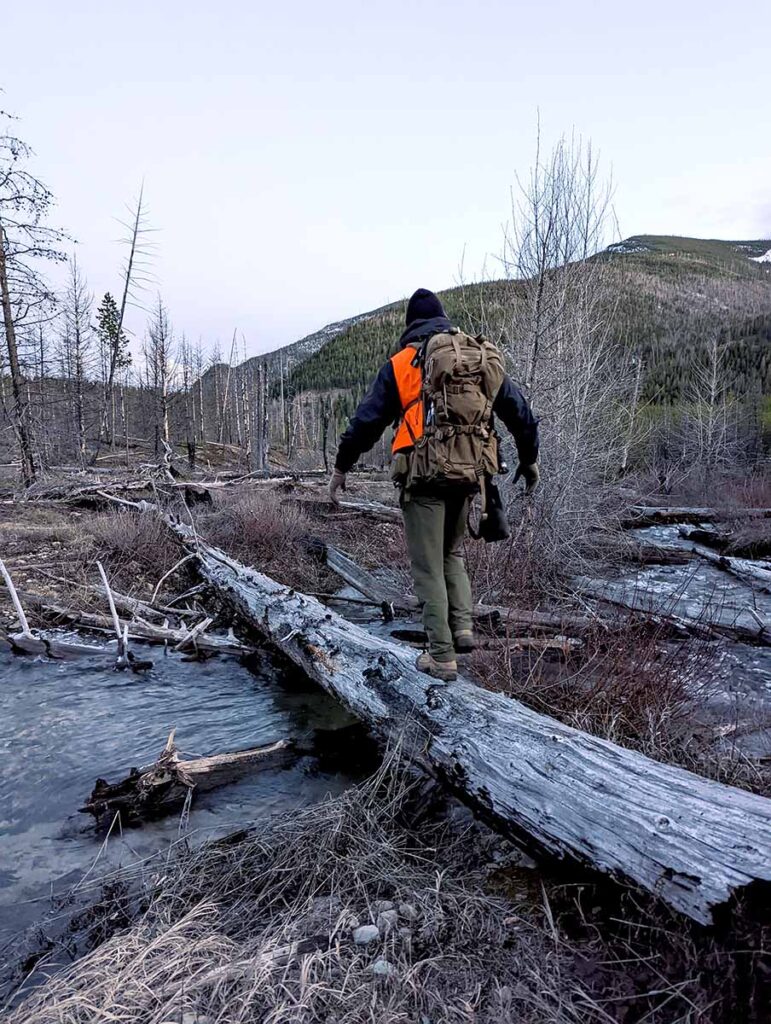
When communicating with others, lead with data and facts; expose the farce of the HSUS and highlight that under their definition, trophy hunting is illegal. Explain to them there are measures in place to protect populations of bear, like California’s harvest quota of 1,700 bears (which hasn’t been met since the use of hounds was outlawed). Highlight the cultural value in hunting, including predators. The HSUS will always try to identify any hunt as a trophy hunt because that play on words provokes an emotional response. So, we need to redefine “trophy” — their definition is already illegal, the bear population is monitored by qualified biologists, and the meat and hunting experience has a cultural value.
The commission vote was a victory, and while the California Fish and Game Commission historically has had some issues, the current makeup clearly supports hunting and isn’t buying the BS from the HSUS. Let’s keep this progress going; if you haven’t bear hunted yet, make an effort this year.
The aforementioned Easter bear is based on Hank Shaw’s recipe from his website www.honest-food.net. If you were fortunate enough to get a bear this spring, give this recipe a shot — it’ll convert some folks.
Editor’s Note: This article originally appeared in Carnivore Magazine Issue 8.
Why You Can Trust CARNIVORE
Since its launch, CarnivoreWeb.com has been a trusted authority on hunting, fishing and wild food, delivering expert insight for outdoorsmen who live the field-to-table lifestyle. More than a hunting and fishing site, CarnivoreWeb.com covers the full spectrum of the modern outdoors—from rifles, bows, and fishing gear to cooking, conservation and adventure.
Our contributors are drawn from across the hunting and angling world, including seasoned guides, lifelong hunters, competitive shooters and outdoor writers with decades of field experience. Every review, article and feature is built on firsthand testing, deep research, and an unwavering commitment to accuracy.
Commitment to Journalistic Principles
At CarnivoreWeb.com, upholding journalistic integrity is our top priority. We follow strict editorial standards to ensure all content is accurate, transparent, and unbiased. Our editors and writers operate independently, free from outside influence, advertisers or stakeholders. We adhere to established journalistic codes of ethics, holding ourselves accountable for the information we publish, correcting errors when they occur and disclosing any potential conflicts of interest.
This commitment ensures that our readers can trust CarnivoreWeb.com to provide reliable, honest coverage that helps them make informed decisions—whether selecting gear, honing outdoor skills or preparing wild game.
Find out more about our Editorial Standards and Evaluation Process


